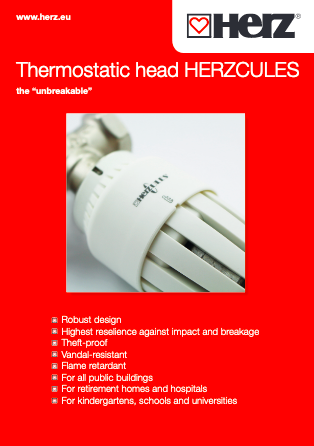Natural History Museum, Vienna
Gigantic success
HERZCULES saves 440 megawatt hours
Just as an asteroid ended the era of the dinosaurs in one fell swoop, HERZCULES is putting an end to unnecessary heat consumption and the considerable amount of CO2 emissions in the Natural History Museum. In the first heating season after the refurbishment, HERZCULES thermostatic heads were already saving 440 megawatt hours of heating energy. The consequences for the environment and the museum's finances are extremely pleasing: 58 tonnes of CO2 emissions were avoided by modernising the 674 radiators. Sometimes it really is the small measures that protect our environment.
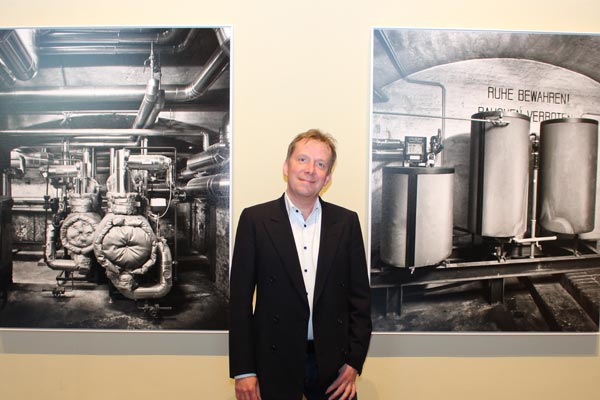
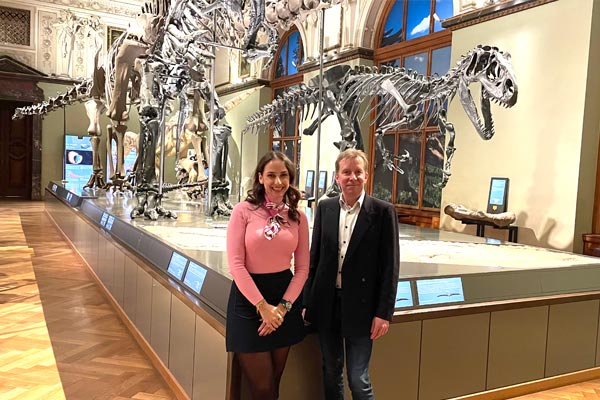
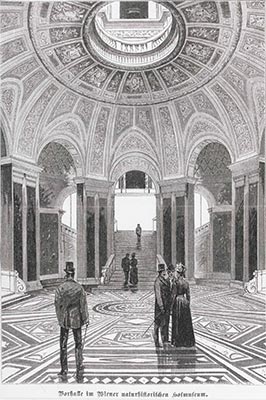
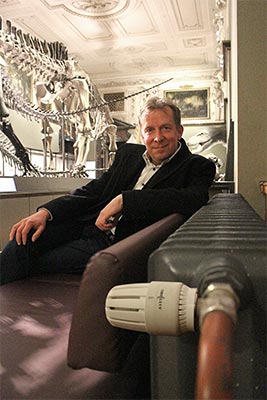
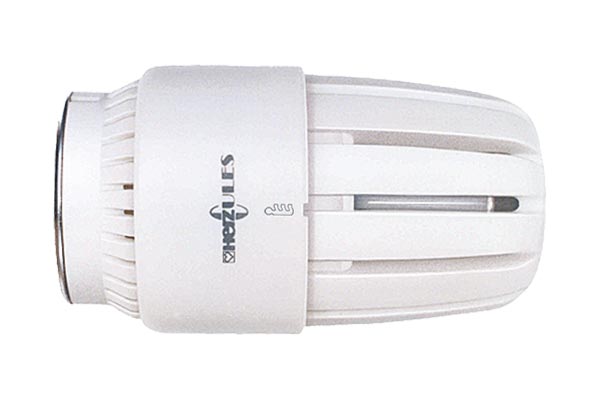
The collections of the Natural History Museum date back to 1750. Franz Stephan of Lorraine, husband of Maria Theresa and Holy Roman Emperor from 1745 to 1765, acquired the largest and most famous natural history collection in the world at the time from the important late Baroque natural history collector Johann Ritter von Baillou. After the emperor's death, Maria Theresa donated the collection to the state. It was housed in the newly built wing of the Hofburg and was open to the public twice a week. Over time, many more exhibits were added by the Habsburgs, such as the hunting trophies and the Hofburg proved to be too small. For this reason, the two court museums were also designed in the course of the Ringstrasse buildings: The Natural History Museum for natural exhibits and the Art History Museum for paintings. The Natural History Museum was opened by Emperor Franz Joseph I. on 10 August 1889. Today, the Natural History Museum is one of the largest non-university scientific institutions in Austria, with around 30 million exhibits and 60 scientists employed to conduct lively research on the artefacts from various disciplines.
Gigantic success - A function that will not die out
As part of a co-operation, HERZ donated 674 HERZCULES thermostatic heads to the Natural History Museum for the existing radiators, which until then had no suitable control system. With HERZCULES, the temperature is set using a special tool and cannot be manipulated from the outside. However, HERZCULES is not only protected against unauthorised operation, but is also theft-proof and resistant to vandalism. A dream come true for all public institutions, as experience has shown that many visitors regard thermostatic heads as souvenirs. Christian Fischer, Technical Director at the Natural History Museum, talks about the co-operation and the successful results in an interview with HERZ News.
HERZ News: How did the cooperation with HERZ come about?
Christian Fischer: When I started my position at the NHM in 2020, I found a relatively undocumented infrastructure. My first task was to have the entire HVAC system structure recorded, from valves to radiators, pipework and so on. During the first recording run, I realised that we had 674 radiators, but no thermostatic heads. I then asked HERZ if we could get thermostatic heads at cost price and, to my great delight, Mr Glinzerer provided us with the thermostatic heads free of charge.
HERZ News: In other words, all the radiators were not regulated at all before?
Christian Fischer: Yes, unfortunately. Visitors always take souvenirs from the museum, in this case it was the thermostat heads. They were also always turning the thermostatic head. In winter it was unbearably hot, as we also have quite a high number of visitors and the heat from the lighting adds to that. So we needed something that was also theft-proof and not adjustable. HERZCULES was just what we needed.
HERZ News: What is used for heating in the Natural History Museum?
Christian Fischer: We have been using district heating since 1976. The house used to be heated with brown coal. On a cold January day, around 10 tonnes of lignite were used. The heating was switched on early at 6 a.m. and was diligently topped up during the day. Since the NHM no longer uses lignite for heating, the air quality in Vienna is much better (laughs).
HERZ News: We already have one heating season behind us, what are the results since the radiators have been controlled with HERZCULES?
Christian Fischer: Very successful. Thanks to the control system with HERZCULES, we have saved 440 MWh of heating energy and thus reduced our environmental impact by 58 tonnes of CO2. That's marvellous.
HERZ News: That's great news. What other technical adaptations are in the pipeline?
Christian Fischer: We have many projects, but for capacity reasons we can only continue working in small steps. I am also personally very interested in optimising the energy efficiency of such a historic building. For example, the building relies on window ventilation to guarantee the fresh air requirement because we can't install ventilation ducts in the historic rooms. In the past, the vertical shafts that run from the cellar to the roof were used to distribute warm and cool air throughout the house. For fire safety reasons, however, the outlet openings were bricked up. One project that is particularly close to my heart is to revitalise such a historic air shaft and use it for core cooling of the house in summer.
HERZ News: You have a large number of sensitive exhibits here. What are the requirements for heating the premises?
Christian Fischer: The easiest are the many bones and rocks. They don't care whether the room is 20 or 30 degrees. In contrast, we pay close attention to the room temperature for our stuffed specimens and in the botanical garden. We have to protect them from bio-invaders, i.e. moths and the like. We therefore make sure that the temperature in the mammal collection is fairly low so that the moths don't want to reproduce. We achieve this at around 10 degrees. Salt minerals and meteorites are also very delicate, as a certain level of humidity promotes the formation of rust.
HERZ News: It is possible to support the Natural History Museum through a sponsorship. Would you like to tell us something about it?
Christian Fischer: Any interest in the natural sciences benefits the museum. The Natural History Museum has so-called type specimens. These are animals and plants on the basis of which a genus and species were described for the first time. This is a very special matter. There is still a lot to research and collect, but we have a very tight purchasing budget for collections. Every donation at www.nhm-wien.ac.at supports science and research and enables us to purchase collections. In addition, every donation provides food for the dinosaur (laughs).
HERZ News : What is the last thing you would like to tell our HERZ News readers?
Christian Fischer: Conserve our resources and our environment. If we don't look after our planet, the Natural History Museum will soon run out of display cases to house all the extinct animal species.
HERZ News : That's very well said. I hope it makes some people think. Thank you very much for the nice interview.
HERZCULES
The HERZ thermostatic head in solid construction is "tough as nails", but under its hard shell is an intelligent core: a highly sensitive liquid sensor that regulates the room temperature. HERZCULES Order nr.: 1 9860/9861 XX
Benefits:
- Solid design
- Theft-proof
- Vandal-proof
- Flame retardant
- Protection against unauthorised use
- For all public facilities

